Published May 22, 2024
A Guide to Star Trek's Essential Libraries and Archives
The Eternal Gallery and Archive is not the only collection dedicated to the preservation of galactic knowledge.
This article contains story details and plot points for Star Trek: Discovery's "Labyrinths."
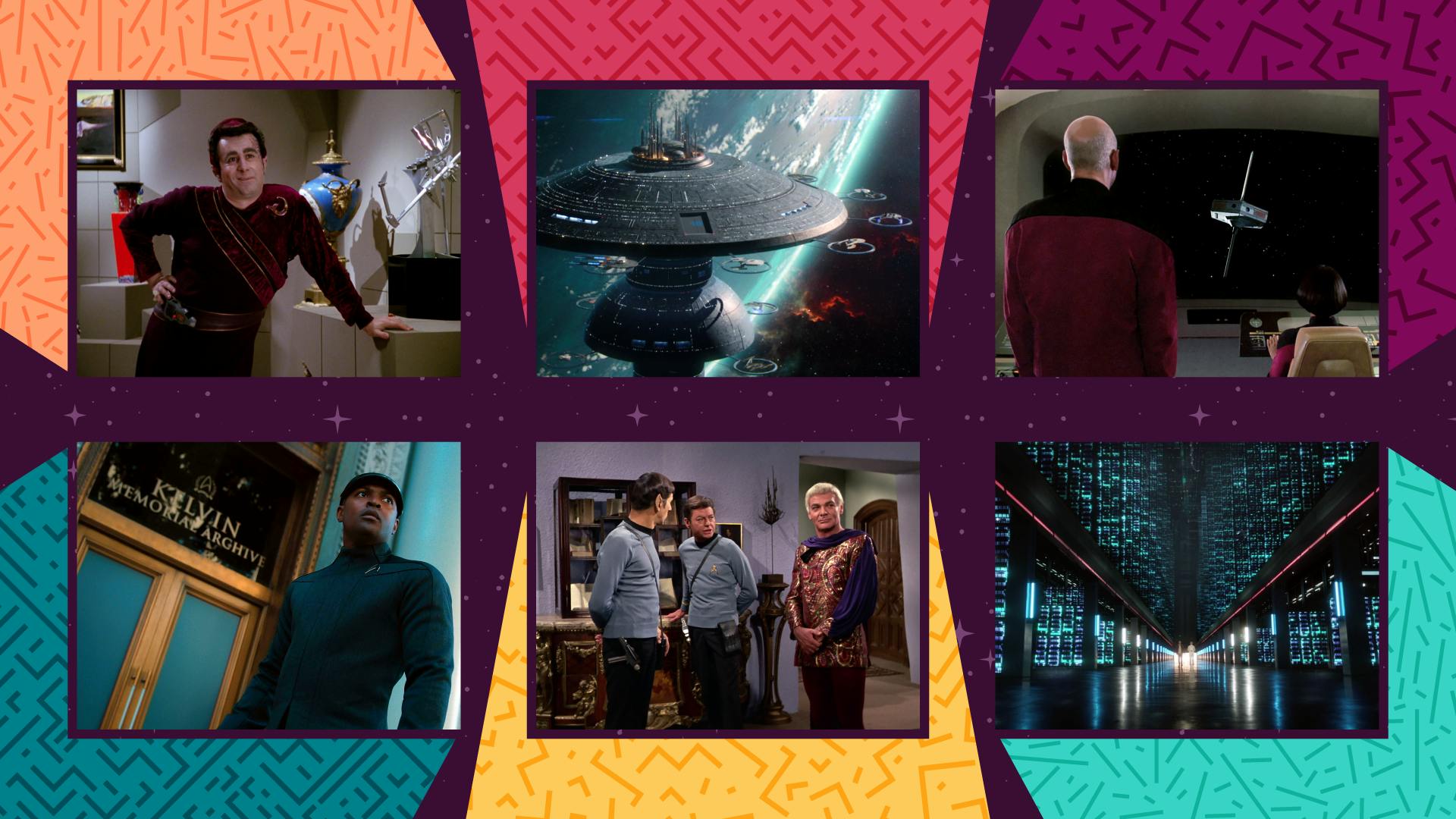
StarTrek.com
Housing the largest known collection of historical and cultural artifacts in the Alpha or Beta Quadrant, the Eternal Gallery and Archive was devoted to the preservation of galactic knowledge. Whether ensuring that lost civilizations were never forgotten or storing obscure texts like Labyrinths of the Mind, the Archive acted as a neutral site where all species were welcome — as long as they obeyed the rules, of course.
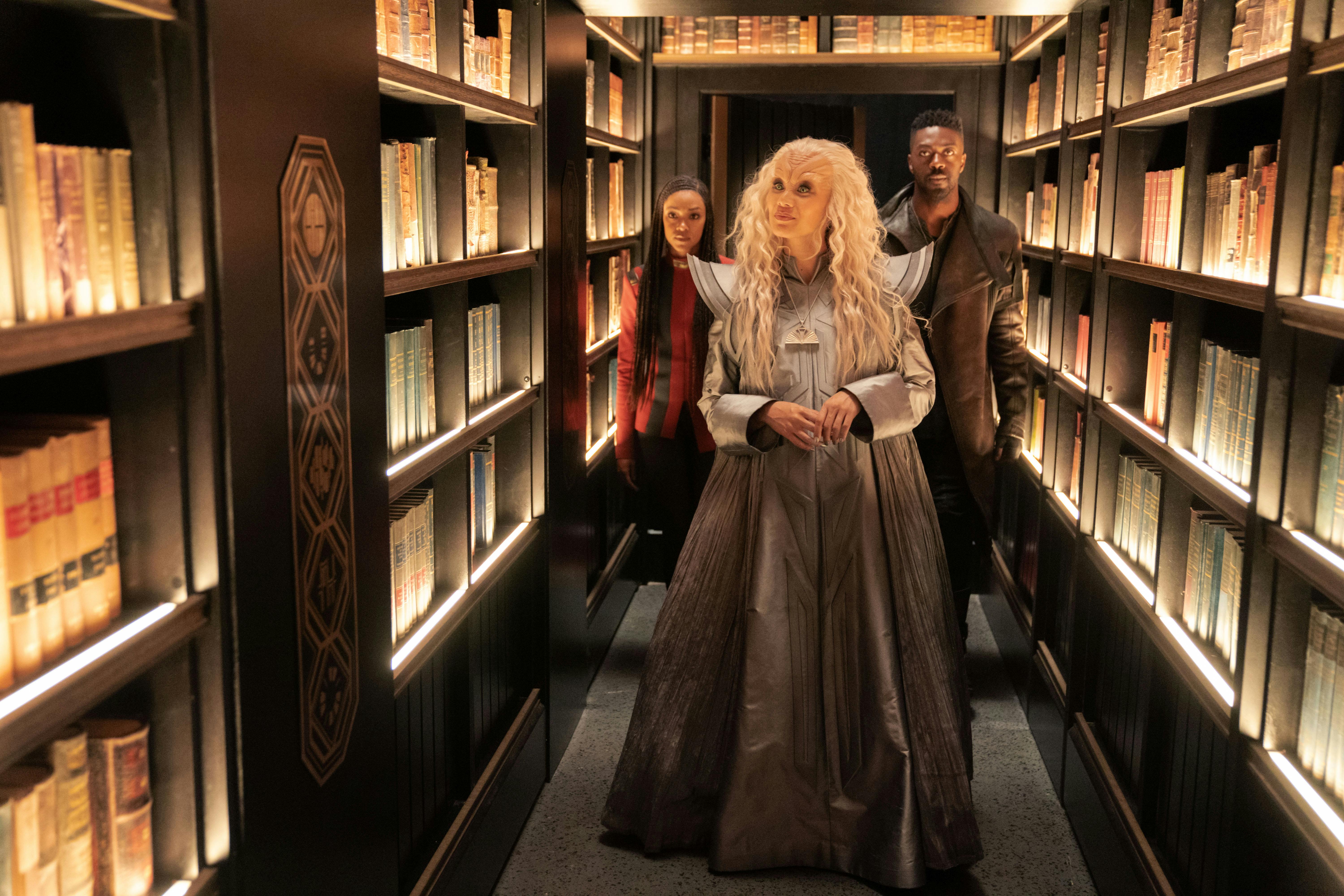
"Labyrinths"
StarTrek.com
While 's "" showcased the Archive as the preeminent repository in local space, other Star Trek facilities have played a pivotal role in safeguarding an array of priceless antiques and information.
Flint's Gallery in the Omega System
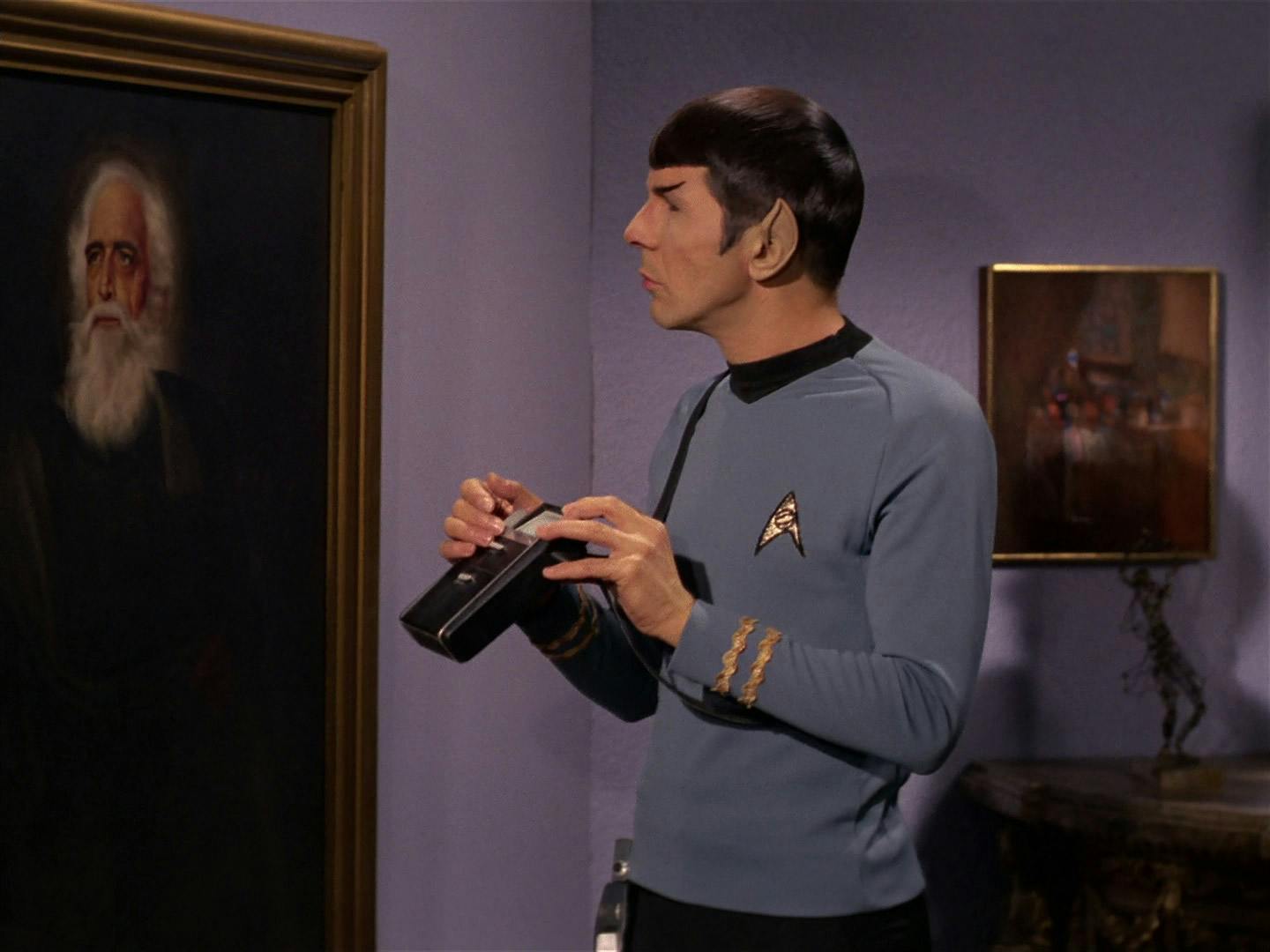
"Requiem for Methuselah"
StarTrek.com
We'll begin with the ornate collection owned by Flint, a 6,000-year-old being from Earth who eventually retired to Holberg 917G in the Omega system.
In 's "," Captain Kirk learned that Flint's immortality afforded him the opportunity to take on numerous names over the centuries, including Leonardo da Vinci, Johannes Brahms, Merlin, and over a hundred others. His travels brought him into contact with the likes of Galileo, Socrates, and Moses, allowing him to amass his collection of rare books and artwork.
From Shakespeare's First Folio and a Gutenberg Bible to art by Sten of Marcus II and lithographs from Taranullus of Centauri VII, his own talents provided him with new additions for his gallery, as he continued to paint Leonardo da Vinci masterpieces and compose Brahm waltzes.
The Kelvin Memorial Archive in the Kelvin Timeline

Star Trek Into Darkness
StarTrek.com
Starfleet honored the U.S.S. Kelvin crew members who were lost during Nero's initial incursion by naming its London-based data archive the Kelvin Memorial Archive. James T. Kirk referred to the building as a library in Star Trek Into Darkness, but a bombing orchestrated by John Harrison — an alias used by Khan Noonien Singh — exposed the archive's true purpose.
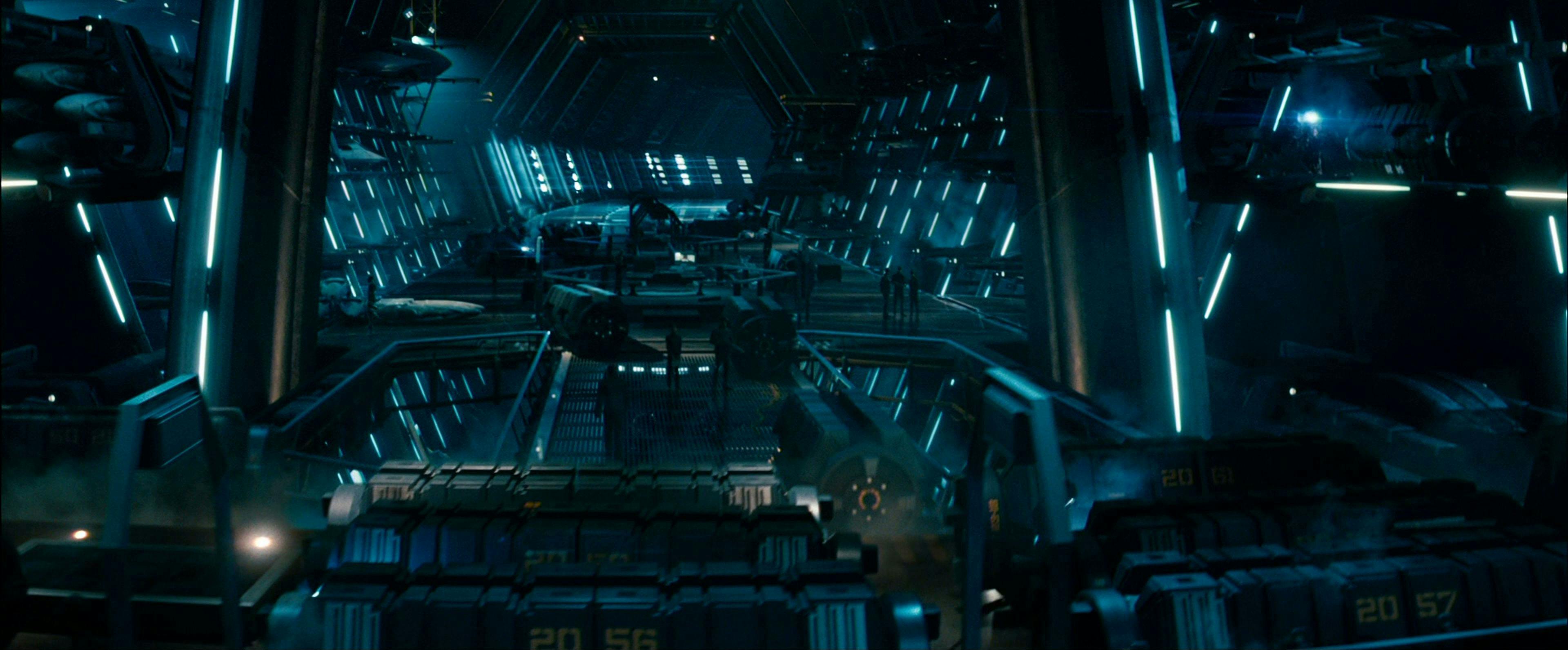
Star Trek Into Darkness
StarTrek.com
While the structure contained an abundance of publicly-available information, its cavernous lower level was dedicated to Section 31, a top-secret branch of Starfleet. Concerned that a war with the Klingons was inevitable, Section 31 was using the archive to develop defense technology and train its officers to gather intelligence on potential enemies of the Federation. Overseen by Admiral Marcus, the creation of specialized long-range photon torpedoes represented one of the facility's many innovations.
Kivas Fajo's Collection on the Jovis
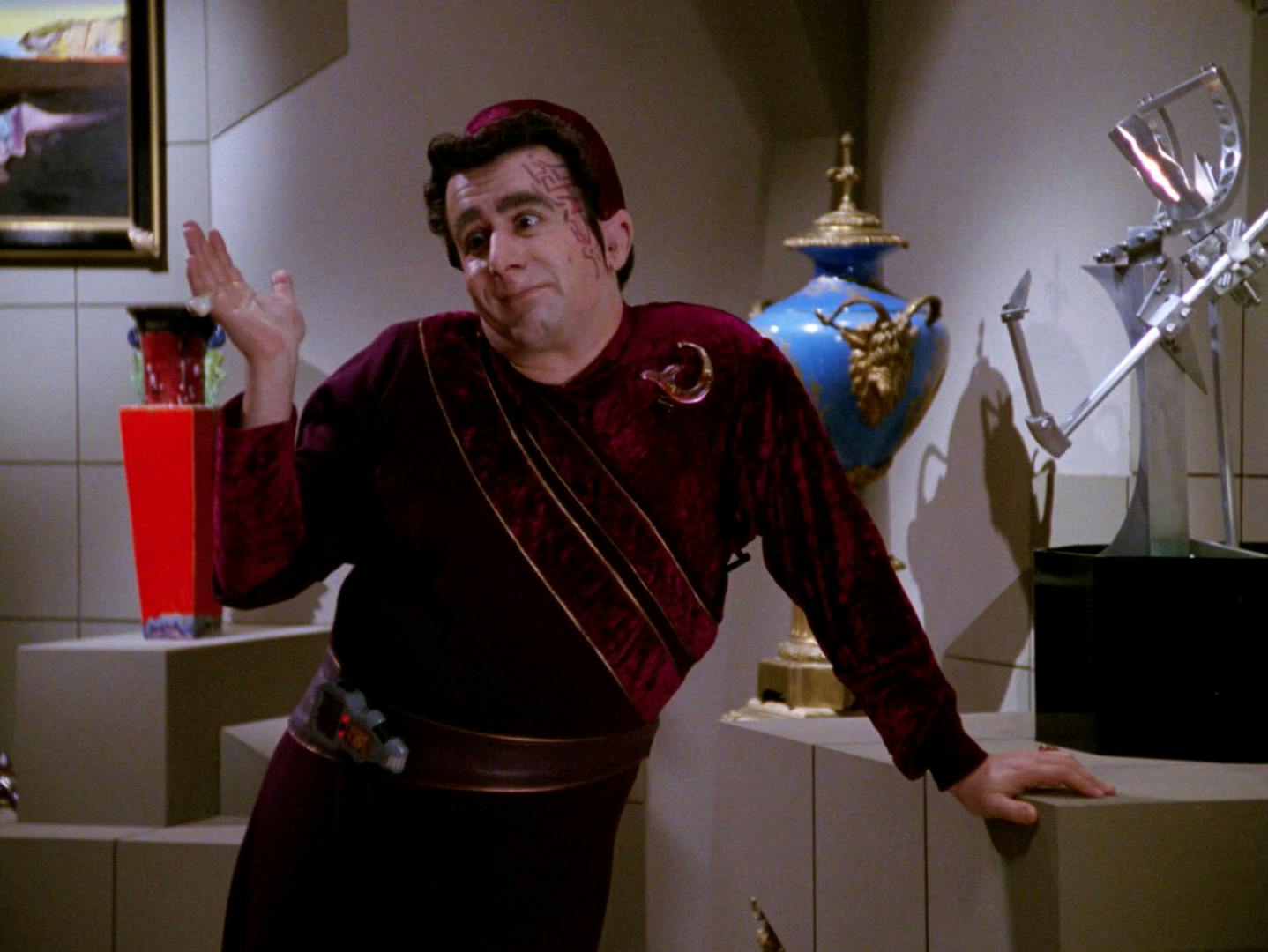
"The Most Toys"
StarTrek.com
Much like Flint, the Zibalian trader Kivas Fajo gathered a unique collection of priceless artifacts to display in a room aboard his vessel, the Jovis, in 's "."
However, Fajo proved willing to acquire these pieces in a variety of nefarious ways, such as kidnapping Data and forcing the android to become a centerpiece in his personal museum. A vase by Mark Off-Zel of Sirrie IV, a Salvador Dali painting, a 1962 Roger Maris trading card, and the last surviving lapling were also held captive in his menagerie. Fajo prized original and one-of-a-kind items, finding his thrills by bragging about his valuable finds to his friends and fellow collectors. Sadly, Fajo's violent interests also led him to obtain four Varon-T disruptors, a gruesome weapon that delivered a painful death and had been banned by the Federation.
The Probe from Kataan

"The Inner Light"
StarTrek.com
Our next entry is a little unorthodox, as this repository of knowledge did not possess any halls to roam or galleries to enjoy.
The Next Generation’s "" introduced us to an enigmatic probe from Kataan. The object projected an unusual particle stream toward the U.S.S. Enterprise-D which incapacitated Captain Picard and permitted him to experience the life of a person from that long dead planet in a matter of minutes. Although Kataan had been destroyed when its star went supernova approximately 1,000 years earlier, Picard embodied the existence of a man named Kamin for what felt like decades to him. The probe even carried Kamin's beloved Ressikan flute within it. Preserving Kamin's perspective on Kataan's final days kept the planet's legacy alive and left an unforgettable impression on the captain.
The Starfleet Archives on Earth

"Remembrance"
StarTrek.com
's first season debuted with "," an installment which found Jean-Luc Picard heading to San Francisco in order to visit the Starfleet Museum.
The Starfleet Archives resided in the building, where the quantum archive supplied the Federation to lock key relics in stasis. Picard maintained his own personal room within the archive, and his collection was overseen by an interactive holographic assistant. A wealth of items from the retired admiral's career — a Klingon bat’leth, a model of the U.S.S. Stargazer, and his famed Captain Picard Day sign — were stowed here, but Picard made the trip so that he could visit Daughter, an oil on canvas painting created by Commander Data in 2369. This excursion convinced the admiral that Dahj Asha was indeed Data's daughter.
The Fleet Museum at Athan Prime

"The Bounty"
StarTrek.com
While many people collect paintings and sculptures, there are others who prefer that their art is powered by a warp core.
Situated above Athan Prime, the Federation's Fleet Museum turned the old Earth Spacedock into a respected resting place for every legendary starship that survived to retire from active service. First seen in Picard's “,” the Fleet Museum provided berths for the likes of the U.S.S. Defiant, U.S.S. Voyager, a Klingon Bird-of-Prey captured by Admiral Kirk, and multiple starships bearing the name Enterprise.
In "," Commodore La Forge revealed that he had even used the facility to rebuild and restore the U.S.S. Enterprise-D to its former glory, an enlightened endeavor which contributed to the Federation's victory over the Borg Queen.
An Archive from the D'Arsay System
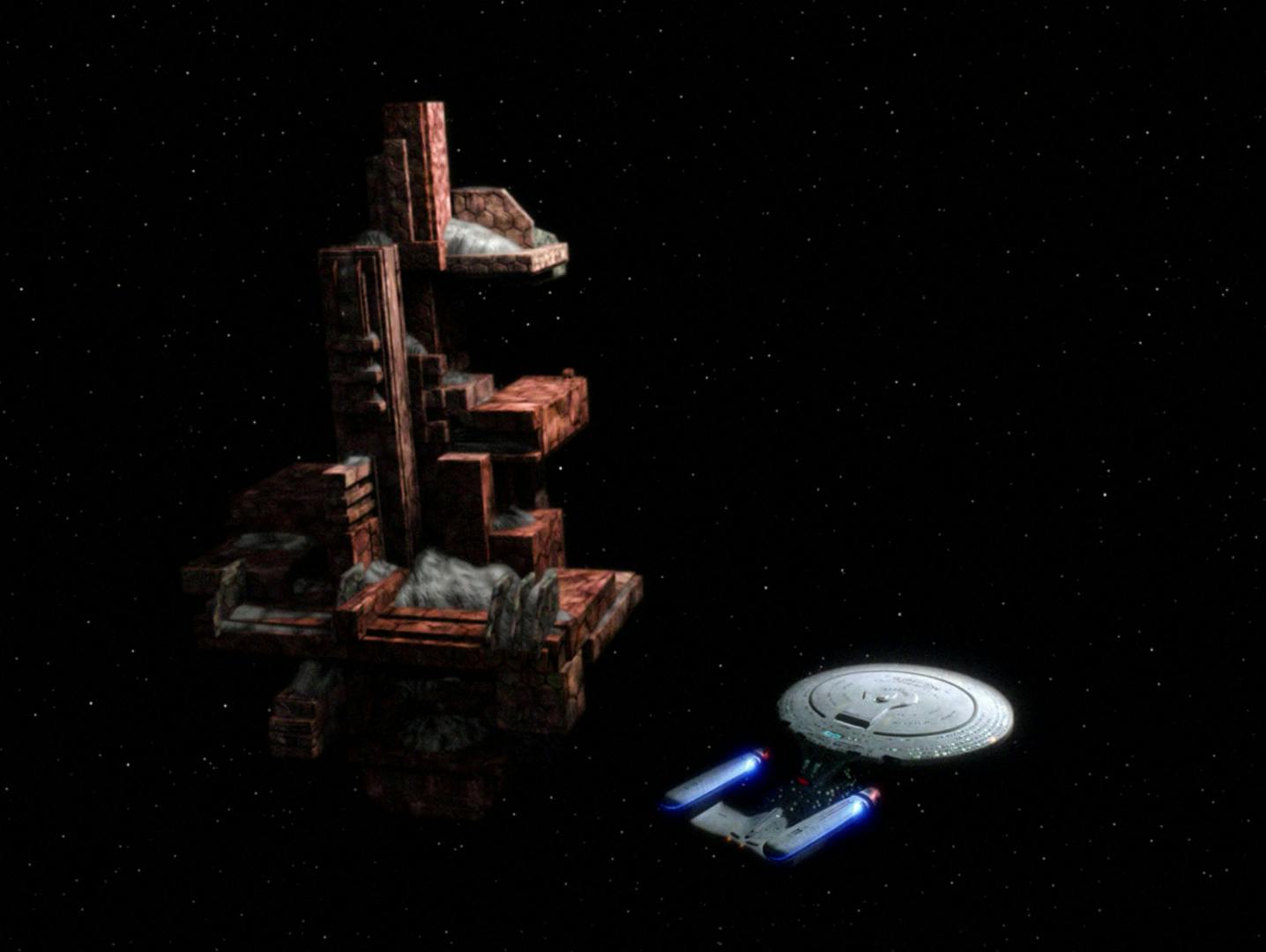
"Masks"
StarTrek.com
As if the probe from Kataan was not strange enough, the U.S.S. Enterprise-D located an 87 million-year-old comet originating from the D’Arsay system in The Next Generation's "."
An artificial object was buried within, and the device downloaded information into the ship's computer core. Believing it to be an archive from an ancient civilization, the crew watched as the library used the Enterprise's replicators to manifest artifacts throughout the vessel. The archive connected with Data, subjugating the android to thousands of personalities. The transformation intensified when the object began to turn parts of the ship into swamps, aqueducts, living plants, and other elements from D’Arsay culture. The crew managed to avert a disaster and restore the Enterprise to its previous configuration, but Captain Picard concluded that Data had actually been given a gift in the form of being an entire civilization.
Mister Atoz's Library on Sarpeidon

"All Our Yesterdays"
StarTrek.com
With its star set to go nova within hours, the planet Sarpeidon conducted a very unique evacuation for its entire population in Star Trek's "."
A local librarian named Mister Atoz, as well as his replicas, operated an advanced library consisting of more than 20,000 tapes. Employing a device called the Atavachron, Atoz was capable of sending his fellow citizens to safety at any point in the planet’s history… so long as the Atavachron had prepared those who entered the portal by altering their cell structure and brain patterns to make life natural in Sarpeidon's past.
In a sense, the extensive library did not simply collect a comprehensive archive of the planet's history, it also allowed Sarpeidon's population to live on even after its star went nova.
Daystrom Station
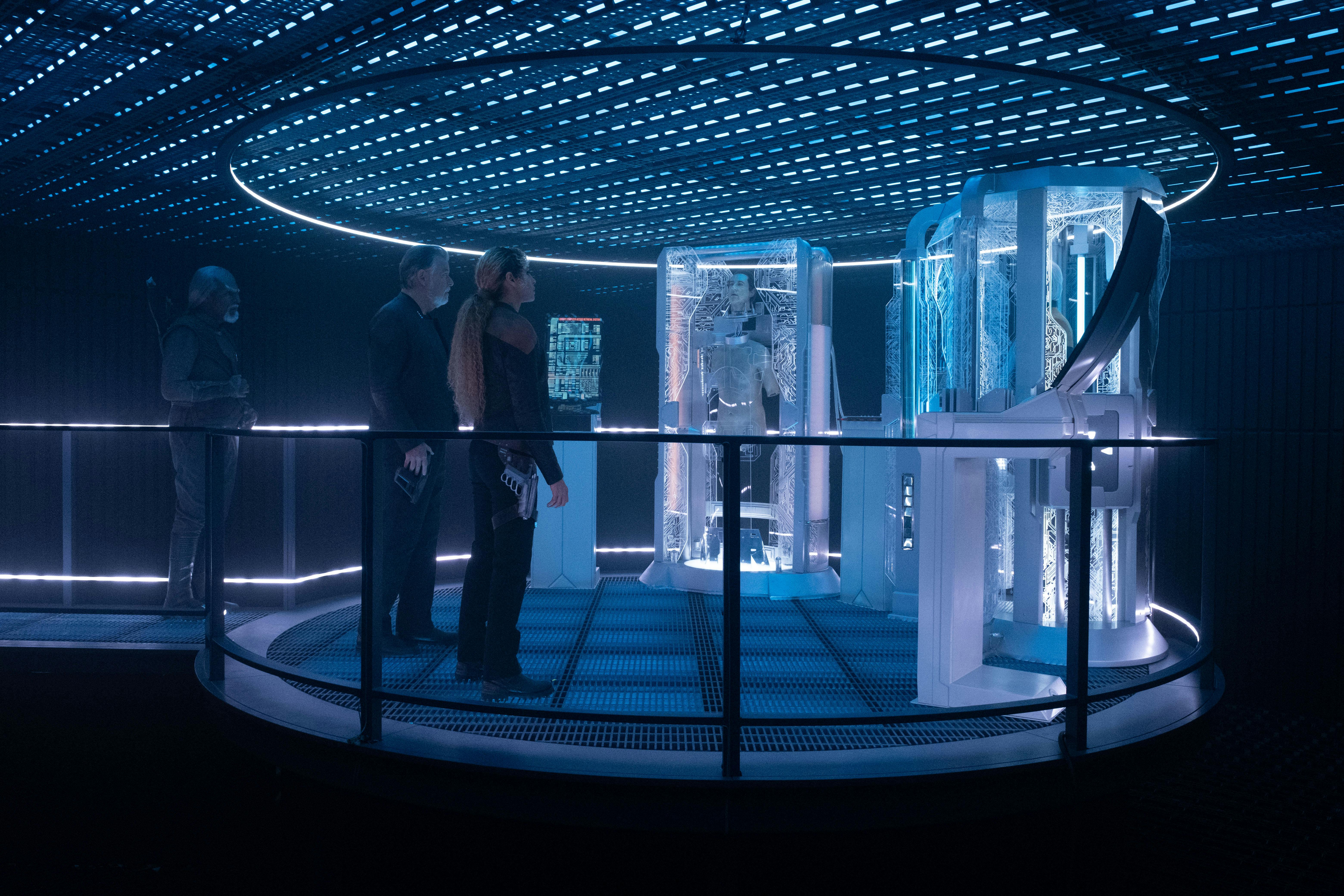
"The Bounty"
StarTrek.com
From experimental weapons to contraband from non-Federation species, concealed Starfleet's most off-the-books tech from the public. During the Dominion War, and subjected to invasive scientific procedures. After escaping, Vadic acquired a devastating portal device from the station.
In Picard's "The Bounty," Admiral Picard and his crew organized a break-in at Daystrom to obtain a manifest from its primary vault, an area protected by a lethal artificial intelligence. A team led by Captain Riker boarded the station and passed a host of Section 31's prized possessions, including the Genesis II Device, James T. Kirk's remains, and a genetically-modified Tribble. However, their greatest find was surely the latest , a highly-advanced hybrid synth which contained elements of Lal, B-4, Lore, and Data.
Memory Alpha
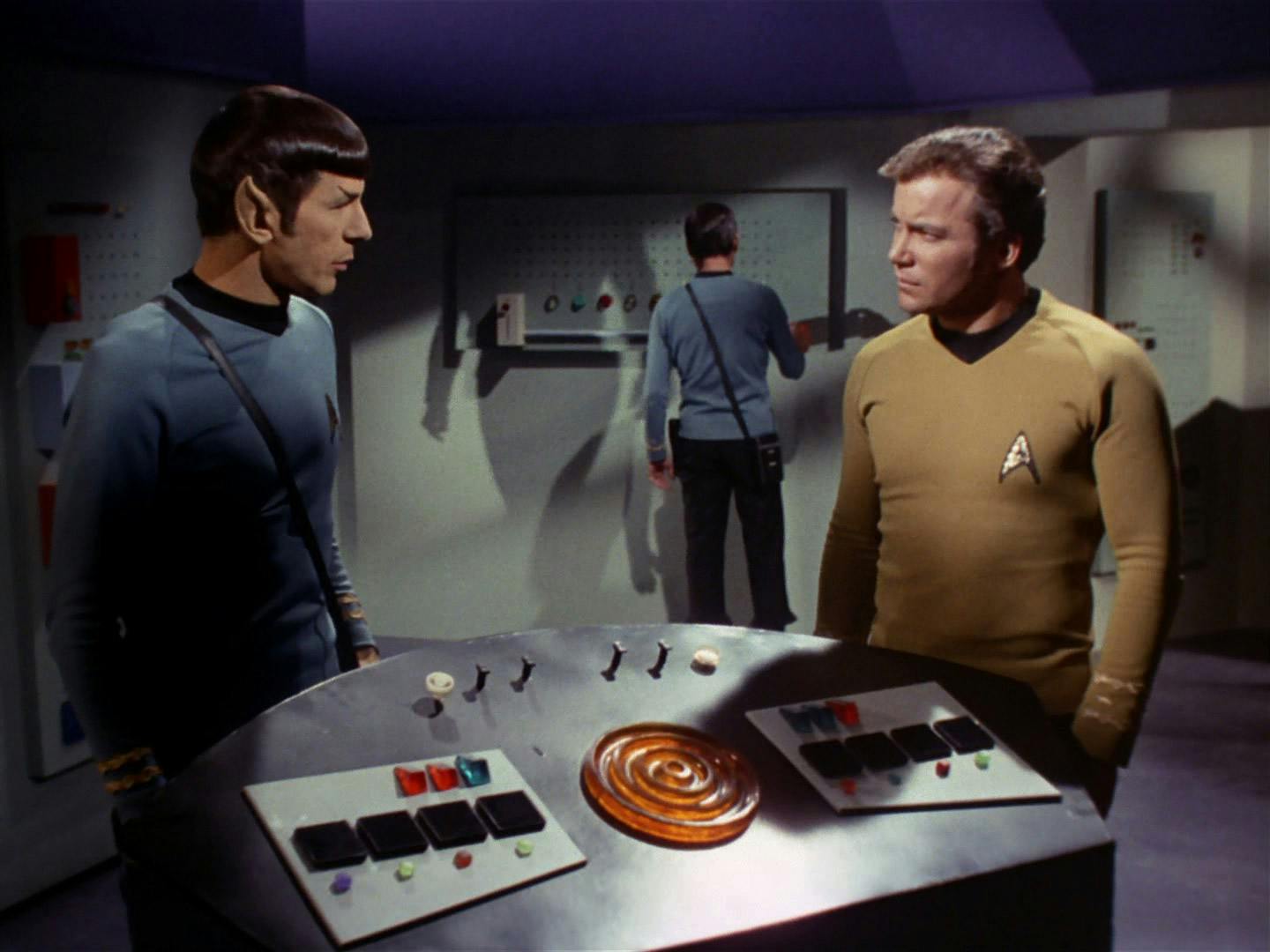
"The Lights of Zetar"
StarTrek.com
The Memory Alpha planetoid depicted in Star Trek's "The Lights of Zetar" shared many objectives with the Eternal Gallery and Archive, as the Federation set the structure up as a central library to store the total cultural history and scientific knowledge of every Federation member. The library complex lacked shields, as such defenses were considered inappropriate to its academic purpose. Memory Alpha's information was intended to be made available to everyone, so a protective system did not seem necessary.
Unfortunately, a community of interstellar lifeforms wrought havoc upon the facility, burning out its memory core and killing the various scholars, researchers, and scientists who were present at the time. As it turned out, the beings were the noncorporeal remnants of the Zetar civilization whose life forces refused to accept their own deaths.





